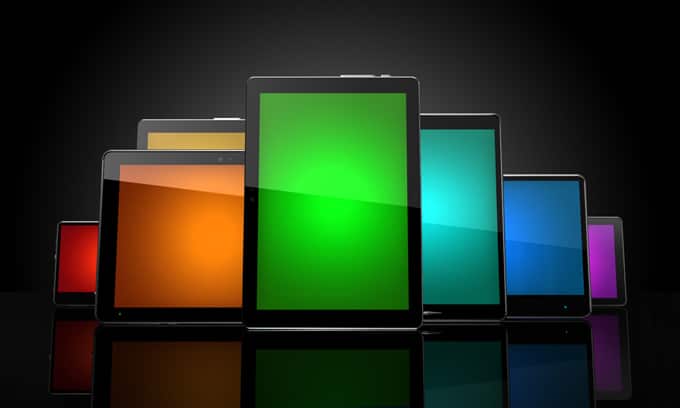
In the past, application interface design focused on specific platforms in mind, mainly a PC. We have come a long way from the desktop application. These days when designing an application, you are forced to think beyond just the PC. Not only do we have multiple OS’s to contend with, but we have various browsers with different versions, an array of mobile options, and sometimes gaming consoles as a mode of interaction. To throw more fuel to the fire, innovation shops like Google are trying to redefine how a user interacts with apps. Google Glass, for instance, could provide a different way of working with an app which is similar to how mobile devices created the “app” world.
UI design plays a very important role in today’s applications. Designing an application requires the idea of building something beyond one device. That means scalability not only in function, but design, and details have to be thought out for every possible scenario both currently and in the future. Our question is, “Are you building your application with the future in mind?”
Some Design Ideas to Thinking about When Building Foundations for Applications:
- Modular Functions/Frameworks – Developing an application to support modular functions, basically allowing for drag and drop function into roaming design layouts and having a framework that allows for a proper structure for the back-end.
- Design Frameworks – Using CSS/Design based frameworks like BootStrap is effective in keeping some set of standardization for the options available to create the user interface. This will help make buttons, drop down menus, etc more modular and standardize the look/feel. This becomes very effective when building for multiple viewing platforms.
- Responsive Design – Having the flexibility to accommodate various screen resolutions that can quickly adapt is becoming common practice. This is an effective solution to create an interface flexible enough to accommodate current platforms without the major investment of recreating various versions of the main application as separate apps.
- Thinking In Multiple Views – This is where we feel building an application based on template themes can help maximize personal user experience, but also allow for expansion into different layouts for future mediums. This can ultimately lead to crowdsourcing valuable feedback to develop templates for users to help shape the future look of the application.
The goal of this article was to spark a creative look into your current application build or to think of the future of what could be. As tech continues to evolve, the cost of trying to keep up will become a greater. By investing into today’s UI design practices now, you could help prevent budget increases for future application needs. If your are considering application development today, make sure you are planning for the future.
